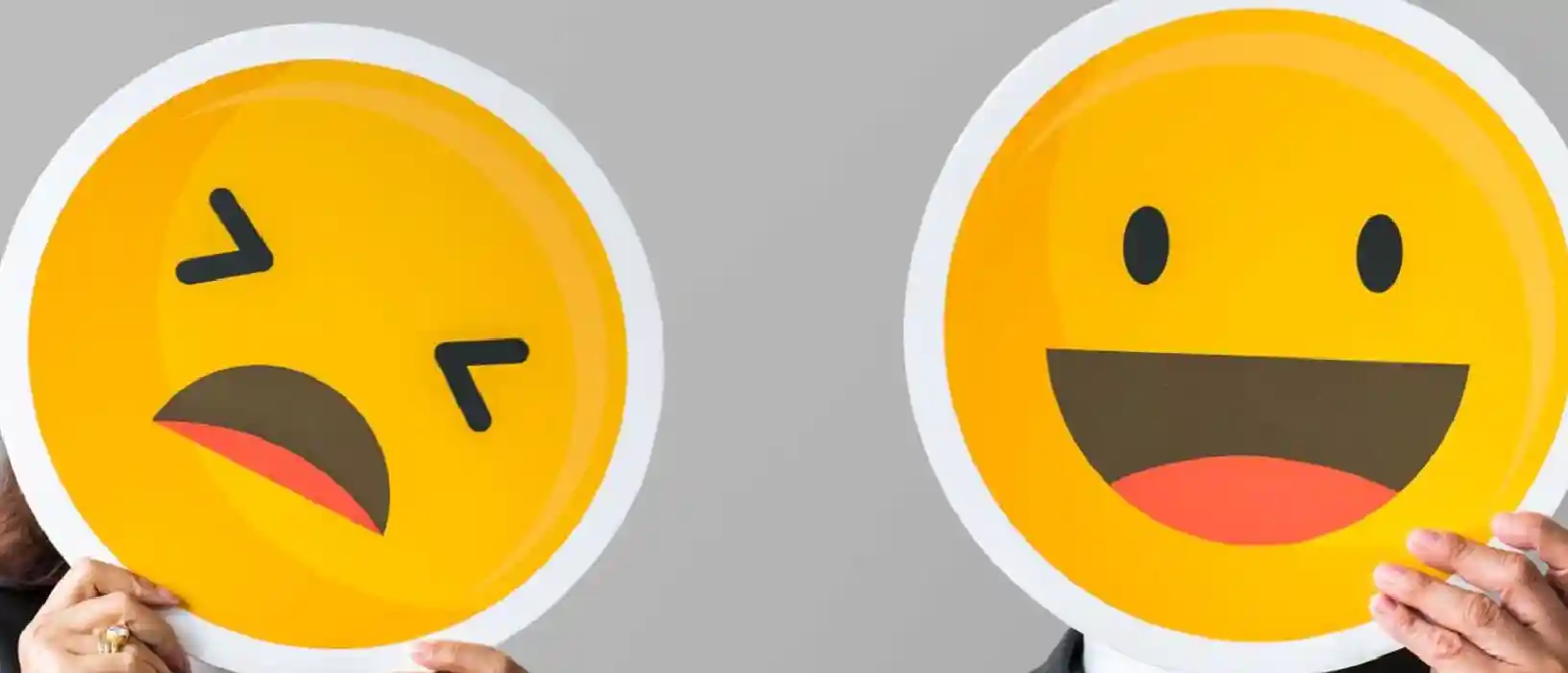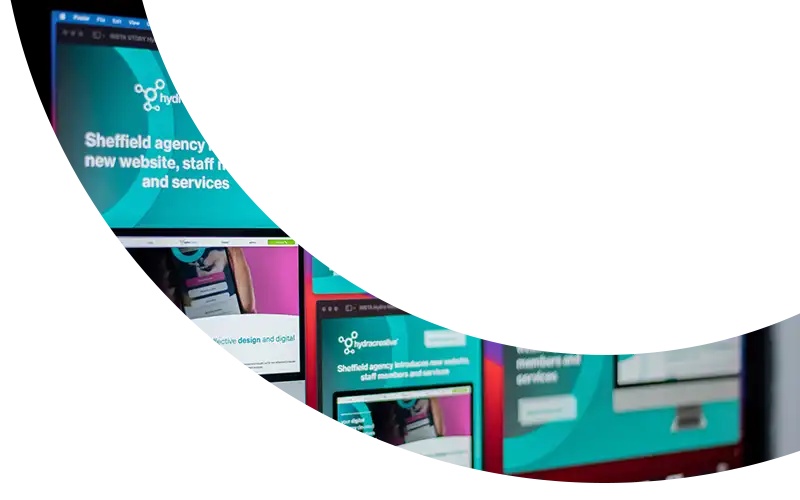Love them or hate them, emojis play a vital role in our day-to-day digital communication. It’s estimated that 700 million emojis are used every day on Facebook alone (statista) and over 900 million are sent every day without text on Facebook Messenger alone (WED).

As it currently stands there are 3304 emojis and counting, as registered on the Unicode Standard (emojped). So, it’s no longer a question of if you should be using them, but instead how and where you should be using them. Here’s our guide on how you can use emojis in digital communications.
Emojis Break Down Language Barriers
Emojis have the ability to communicate very basic messages as well as complex thoughts or emotions, through simple pictures. Replacing slang and acronyms, they have not only infiltrated messaging apps and social media channels, but they’ve become part of our language. In fact, they have become a language in itself, connecting people from different linguistic backgrounds, around the world.
Described as the world’s fastest growing language (Ciolette, 2016), emoji as a form of communication is universal. The old saying “a smile is the same in every language” is particularly relevant here. Standalone emojis can be used to represent a particular emotion or idea, but when put together emojis can create entire sentences, meaning and language of their own.
So, whether you’re trying to reach a global, or just a local audience, it makes sense to make use of the world’s first and only universal language, right?
Increase Your Engagement
Now we’re not suggesting you replace all of your communications with emojis. However, there is ample research into the positive effect of adding just one emoji to your social media communications. And by positive effect, we mean that all-important engagement. Emojis are a quick way to express emotion and feeling, but why is this? Emojis are processed by the brain as non-verbal information, therefore we interpret them as emotional communications. This gives emojis the power to enhance the message we’re trying to convey much better than a series of long-winded and hard-to-follow sentences. It could even be said that “an Emoji is worth a thousand words”.
Top tip: Be careful not to overdo it with the emoji use: less is definitely more! With the huge number of options out there, try to find a couple that represent your brand or service.
Quicker Online Responses and Feedback
You’ve most likely seen the row of three face emojis, maybe on ‘pulse buttons’ in a hotel, entering or exiting a supermarket, or on a piece of paper at the end of a meal. A bit like the traffic light signal, emojis are now widely used to gain customer feedback. As people have the ability to process images in as little as 13 milliseconds, emojis are a useful tool for communicating emotion at a glance (MIT News), hence why people are more receptive to giving their opinion on brand experience through them.
This concept has been taken on board by social media giants. Yes, the ‘like’ button has been around for quite a while, but we’ve recently seen Facebook and LinkedIn also making use of other emojis for feedback and engagement through the ‘react’ function. This function enables anyone with an account to express their opinion on pretty much anything, simply through an emoji. Facebook and LinkedIn’s introduction of the ‘care’ and ‘support’ reactions came at a time when users felt they couldn’t easily react to news and information the way they wanted, or needed, to during the pandemic.
Top tip: Try directly asking your audience to react to your post with a specific emoji to represent a specific feeling/emotion as a way of boosting engagement.
Humanised Messages
In communications where professionalism is required, chucking in a few emojis here and there probably isn’t the most appropriate thing to do. But for internal messages, and situations where you can be a bit more casual, emojis may even be seen as essential, especially given how much office communication is now done through emails and instant messaging. The bottom line is that email and text-based communications lack facial expression, which often leads to misunderstandings or misread intentions, affecting how your audience engages with your message. In particular, sending positive communications to remote colleagues is crucial. Emojis are effective in creating the ‘right’ emotion in an otherwise bland or emotionless text. Moreover, 78% of people say that using emojis makes you more likeable (PC mag).
Emojis can also help soften messages. For example, if a line manager needs to provide feedback or critique to someone in their team, using an emoji may make it easier for the information to be accepted, without causing offence. Although emojis can help communicate negative things too, they are not a necessity; it's all in the context.
So, it looks like emojis are here to stay, and with the right approach can be a very successful addition to your business’s communications. If you have any questions about using emojis in social media, contact our team.

Let's start creating together
Let Hydra be the solution for your next project.